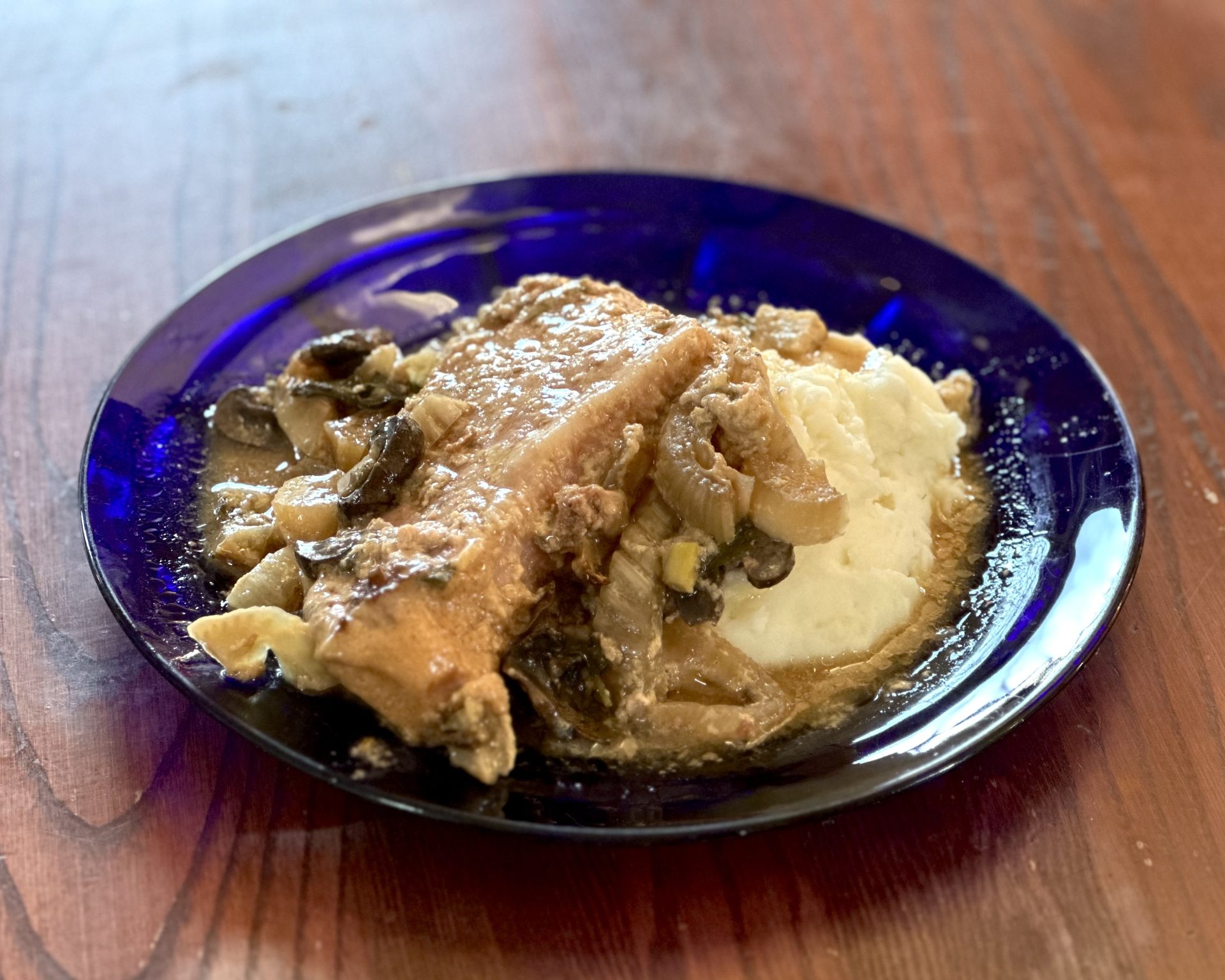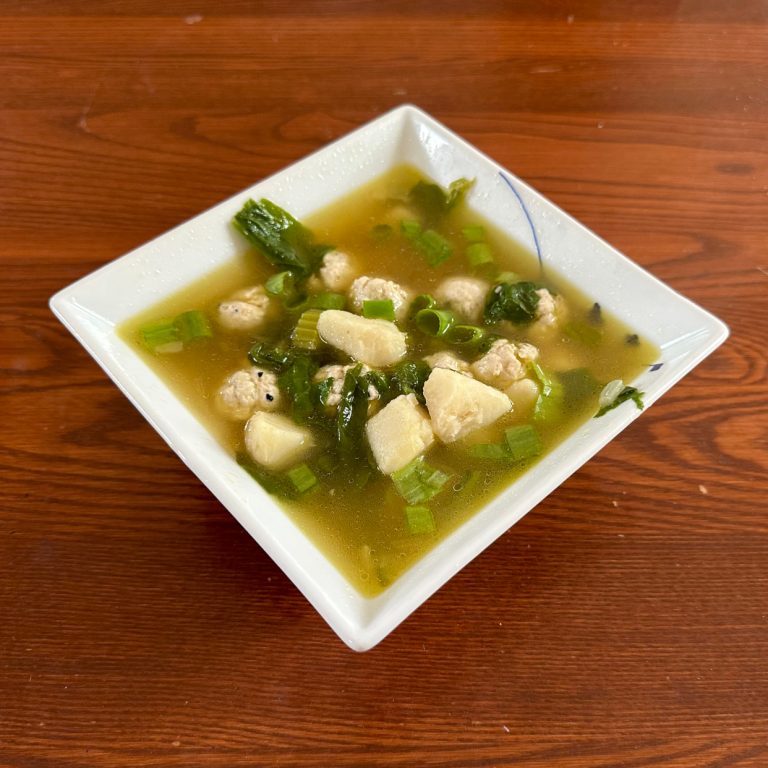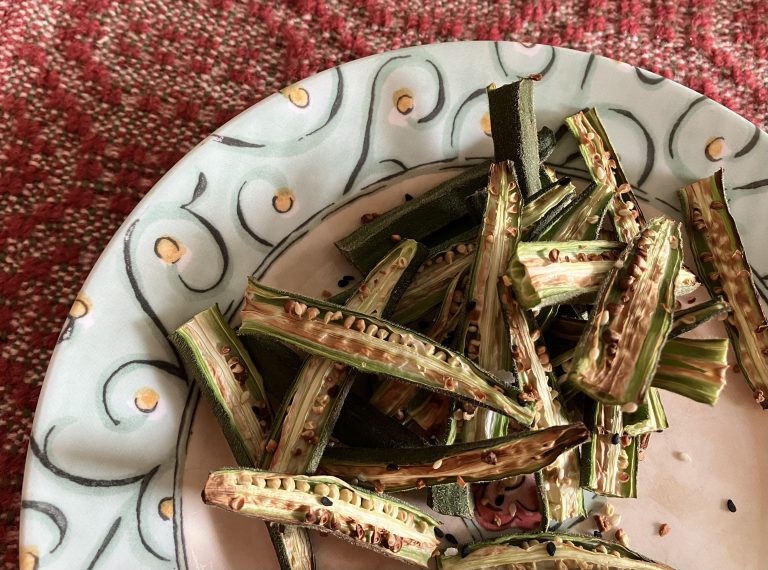Welcome back once more to “What’s This?” I’m Michael from the front-end, and today I’m hoping to share with you a bit of inspiration that might get you excited about trying a piece of produce that is often misunderstood: fennel!
What is Fennel?
Now, fennel is not the most uncommon item to find at the grocery store, but most tend not to know much about it, and even those who do can often be misinformed about this unassuming, bulbous plant.
Fennel has its origin all around the Mediterranean and is well known for its distinct licorice or anise-like taste (more on that in a bit). The widespread nature of fennel cannot be overstated (Prometheus even used a fennel stalk to steal fire from the Greek gods), yet at the same time, many people don’t know what to do with it.
Licorice & Fennel & Anise, Oh My!
Despite what you might’ve been told, fennel, anise, and licorice are three largely unrelated plants. The three are often grouped because of their similar, aromatic flavor, but share very few actual traits. The easiest way to tell these three apart is by which part of the plant you’re using.
Licorice (not to be confused with licorice-plant as I discovered while doing my research) is almost exclusively used for its roots. After being dried, these roots have been used as a simple confection and flavoring for thousands of years.
Anise on the other hand, is primarily cultivated for its seeds (sometimes referred to as aniseed), which are used as a spice and sweetener. Whole, ground, or even pressed into oil, anise is common in cuisine from around the world and is even used to reinforce the flavor of licorice root in many candies.
Fennel is actually a member of the same plant family as carrots, celery, and parsley. It is the most varied of the three: the bulb, stalks, fronds, seeds, and roots of fennel all have their own distinct uses in the kitchen.
Most commonly, people will make use of the bulb or seeds (which are technically fruits). The bulb can be eaten raw with hummus as my mother loves, or sliced and cooked to really highlight the anise-like sweetness. The seeds are often used, whole or ground, are used a key spice in things like Italian sausages or Kashmiri stews and breads.
On top of that though, fennel stocks can be added to soups or stews to infuse it with flavor, and the fronds can easily be used as a simple garnish for just about anything. Possibly the hardest element of the plant to find is the root, which can be prepared in much the same way as a carrot or parsnip but maintains the plant’s signature flavor.
Slow Cooked Pork Chop, Mushrooms, and Fennel with Gravy
This recipe is a bit of a mashup I put together myself, but it turned out better than I could have ever imagined! The slow cooker makes the pork chop unbelievably moist and tender, while the fennel adds a faint minty sweetness that pairs with the umami of the pork and mushrooms to create a simple yet complex flavor palette.
It should only take a few minutes to prepare everything you need, and then you can just set and forget it until your meal is ready to enjoy!
Ingredients
- 1 lbs. pork chop (about two chops)
- 1 tsps. fennel seeds
- 1 tsps. salt
- 0.5 tsp. ground black pepper
- 0.5 tsp. garlic powder
- 1 packet brown gravy mix
- 1 10.5 oz. can cream of chicken soup
- 1 ½ cup beef broth
- 1 small fennel bulb, chopped
- 0.5 lbs. cremini mushrooms, sliced
Instructions
- Grind fennel seeds, then combine with your salt, pepper, and garlic powder in a small bowl.
A spice grinder or mortar and pestle are the easiest way, but if you don’t have either on hand, you can place the seeds in a folded piece of parchment paper and crush them a rolling pin. - Season both sides of your pork chops with the fennel seed mixture.
- In your slow cooker, whisk together your gravy mix, cream of chicken soup, and beef broth.
- Add your pork chops, chopped fennel, and sliced mushrooms to the slow cooker.
- Cover and cook on low for 7-8 hours.
- Once done, enjoy on its own or over a bed of mashed potatoes or steamed leafy greens.


